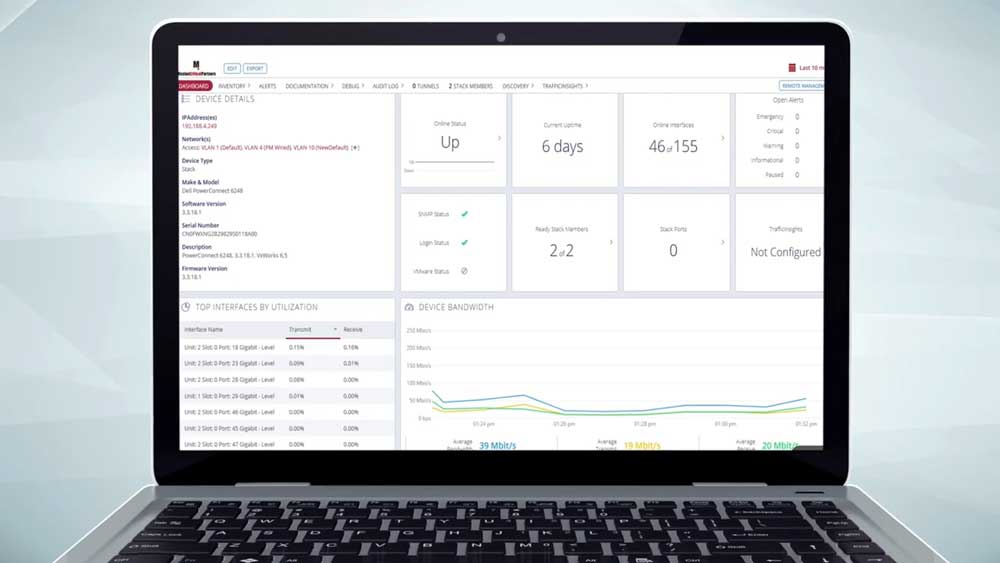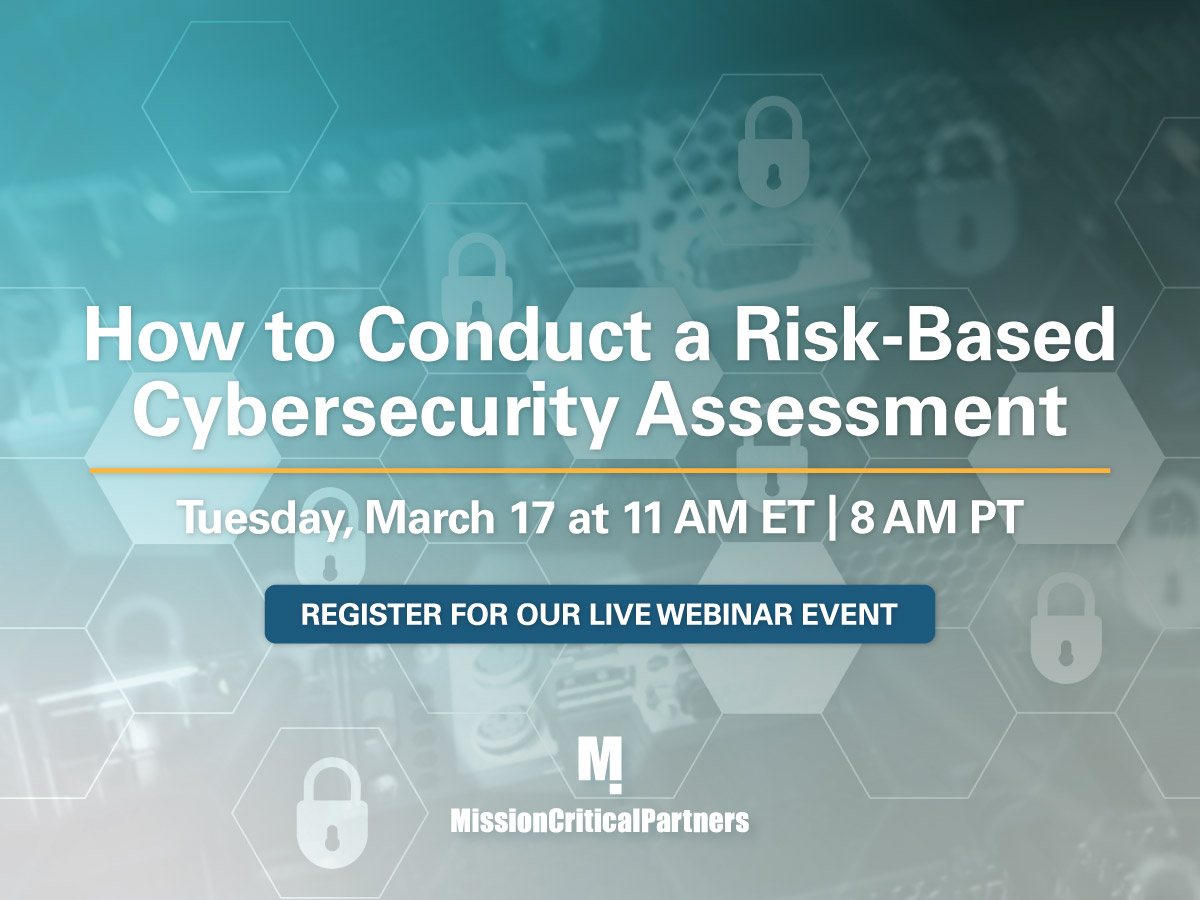In a recent post, I touched upon some of the novel ways that the public safety community has responded to the COVID-19 pandemic. In this post I’ll explore some of the most important lessons that have been learned.
First and foremost, all public safety agencies need continuity-of-operations (COOP) and disaster-recovery (DR) plans. We have roughly 150 subject-matter experts, and as they travel the country supporting clients, they often discover the complete lack of such plans and/or they come to realize that they haven’t been updated for quite some time. This always amazes me. Every agency should have such plans. As Benjamin Franklin said, “by failing to prepare, you are preparing to fail.” While the pandemic has brought this need into sharp focus, there are many events—tornados, floods, earthquakes, wildfires, hurricanes, hazmat incidents—that could render an emergency communications center inoperable, inaccessible or uninhabitable.











